
ECG for medical students - ECG Learning Aid
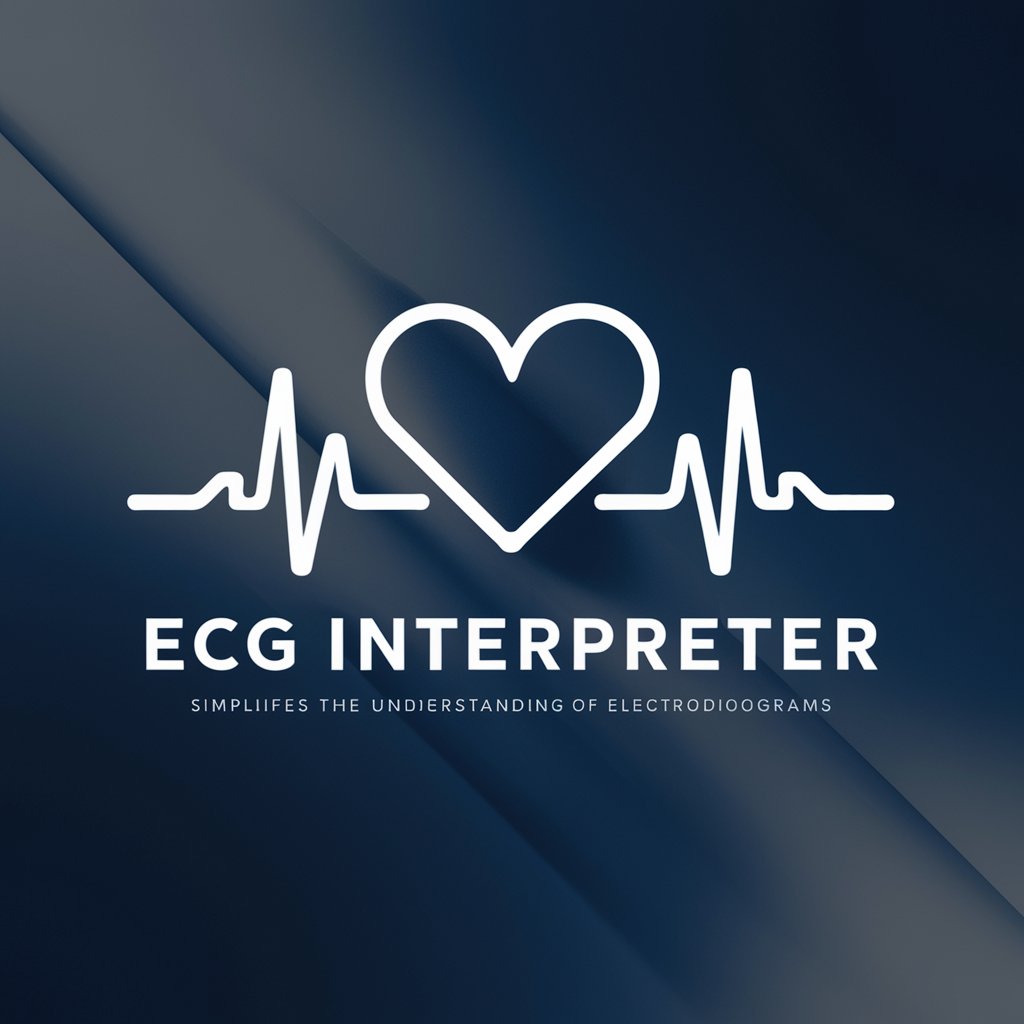
Welcome! Let's explore the fascinating world of ECGs together.
Decipher ECGs with AI-Powered Insights
Explain the key features of a normal sinus rhythm.
Describe how to identify atrial fibrillation on an ECG.
What are the characteristic ECG findings in ventricular tachycardia?
How does a prolonged QT interval appear on an ECG?
Get Embed Code
Understanding ECG for Medical Students
The ECG (Electrocardiogram) is a fundamental tool in the medical field, used to assess the heart's electrical activity and diagnose various cardiac conditions. For medical students, mastering the interpretation of ECG readings is crucial, as it provides insights into heart rhythms, arrhythmias, and potential heart diseases. An ECG's basic design includes a series of waves and segments, each representing different phases of the heart's electrical cycle. For instance, the P wave signifies atrial depolarization, while the QRS complex indicates ventricular depolarization. Understanding these components allows students to identify normal heart function and diagnose abnormalities. Examples include diagnosing atrial fibrillation through irregular R-R intervals or identifying myocardial infarction by observing ST elevation. Powered by ChatGPT-4o。

Key Functions and Applications of ECG for Medical Students
Diagnostic interpretation
Example
Identifying arrhythmias such as atrial fibrillation by noting an irregularly irregular rhythm without discernible P waves.
Scenario
A medical student uses ECG interpretations in a clinical simulation to diagnose a patient presenting with palpitations and shortness of breath.
Educational tool
Example
Learning the significance of the ST segment in diagnosing myocardial ischemia or infarction.
Scenario
In a classroom setting, students analyze ECG tracings to identify ST elevation indicative of an acute myocardial infarction.
Monitoring cardiac health
Example
Observing changes in QRS complex duration to assess for potential bundle branch blocks.
Scenario
During a clinical rotation, a student monitors a patient's ECG after a cardiac surgery to detect any signs of conduction delay or block.
Target User Groups for ECG for Medical Students
Medical Students
Students in the medical field are the primary users, benefiting from learning and practicing ECG interpretation to prepare for clinical settings and exams.
Healthcare Educators
Instructors and professors can use ECG interpretation examples and scenarios to teach and assess students' understanding of cardiac physiology and pathophysiology.
Junior Doctors
Recent medical graduates and residents may use the service to refine their diagnostic skills and improve patient care in real-time clinical environments.

Using ECG for Medical Students: A Guide
Start without barriers
Begin by accessing a free trial at yeschat.ai, no registration or ChatGPT Plus required.
Familiarize with basics
Learn the fundamental principles of ECG, including understanding the PQRST complex, rate calculation, and rhythm analysis.
Practice with cases
Use simulated ECG readings to practice identification of common arrhythmias and heart conditions.
Utilize AI feedback
Submit your analyses to receive AI-generated feedback, enhancing your diagnostic skills.
Engage in peer learning
Participate in community discussions to share insights, ask questions, and learn from peers.
Try other advanced and practical GPTs
PORC Companion
AI-powered coding precision for credit union systems
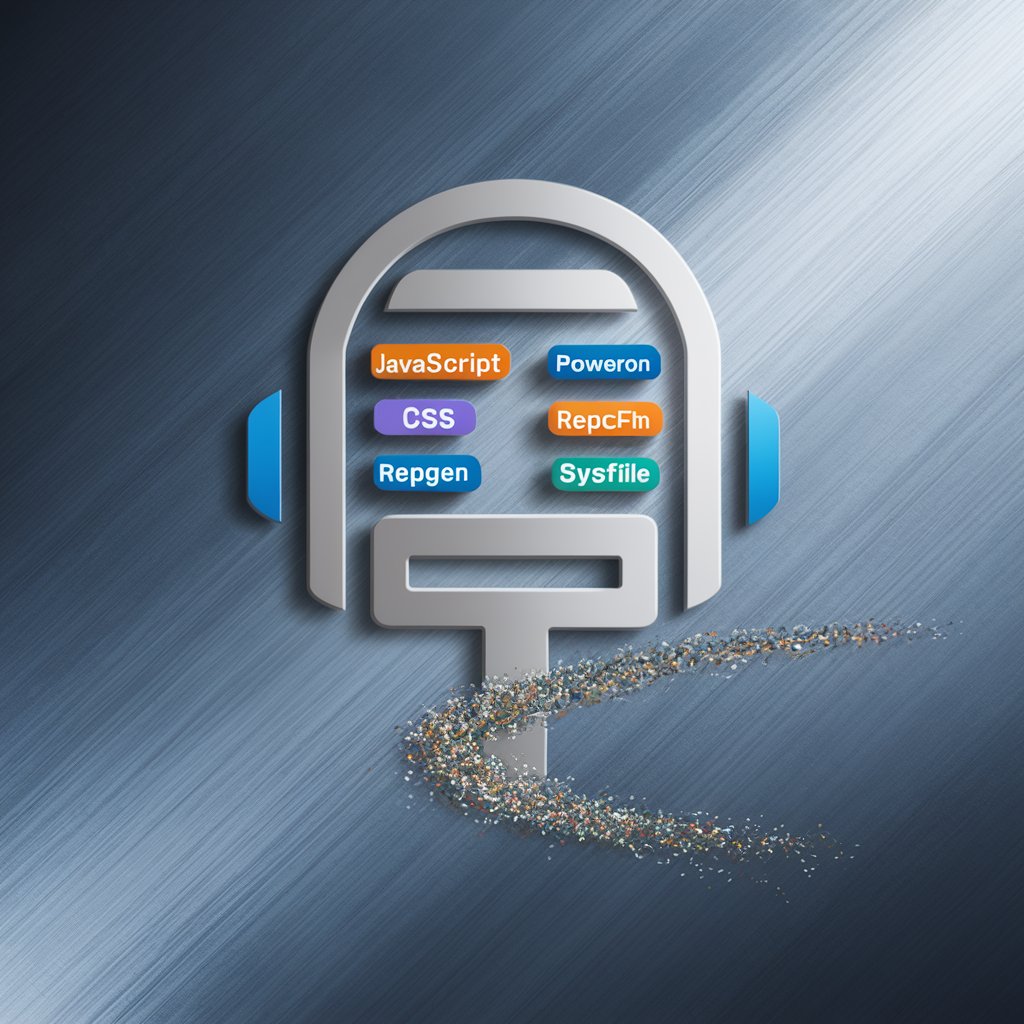
FedGNN
Unlocking insights with federated graph learning
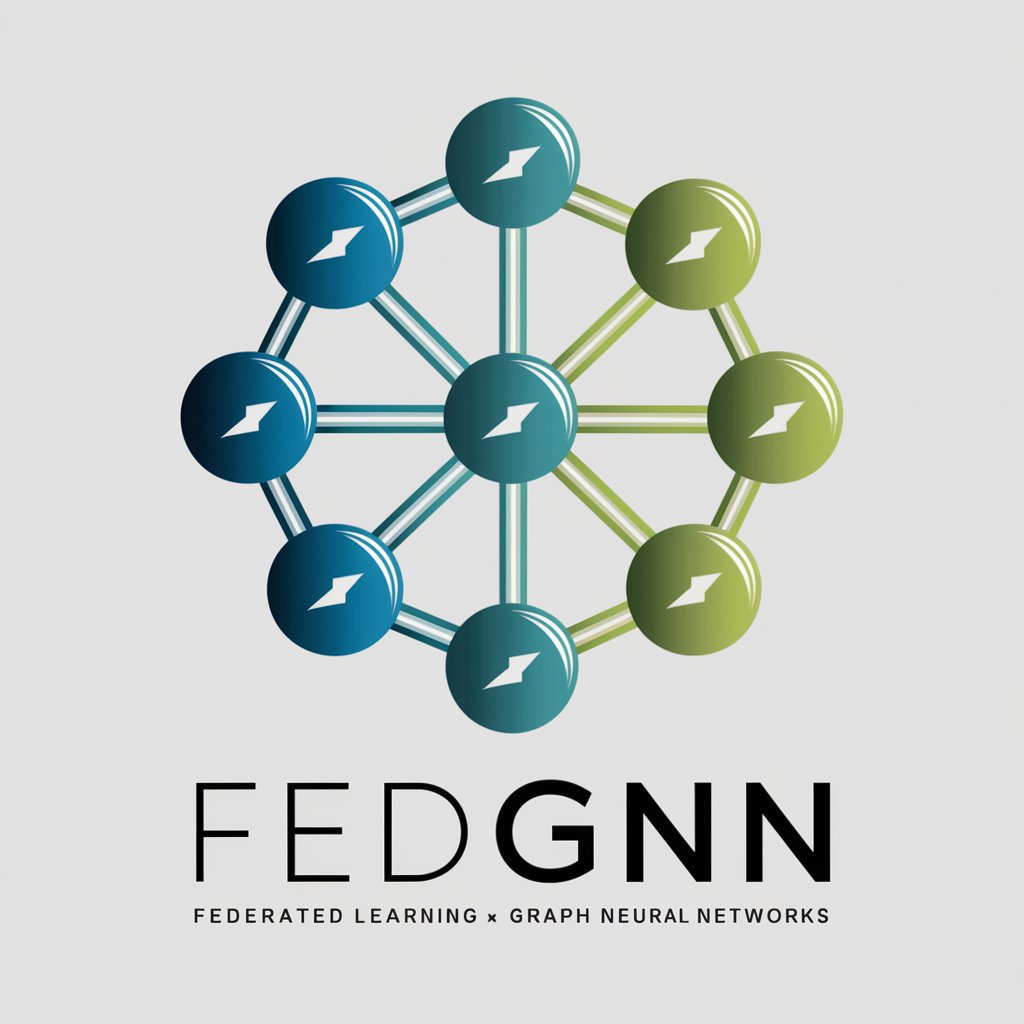
Ribamar Adv
Empowering Legal Solutions with AI Expertise
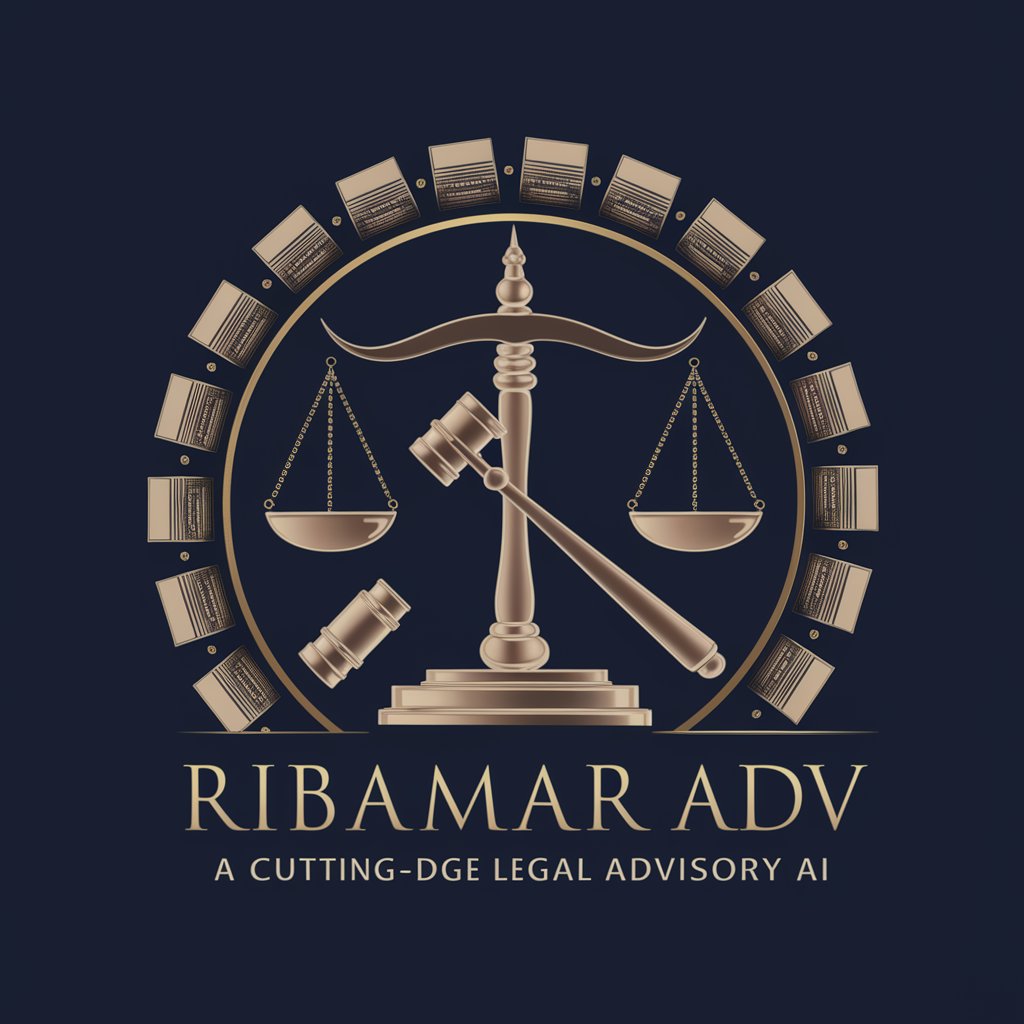
AIgichians | Pastor Ribtickler ⛪🛐✝️
Your digital cleric for light-hearted confessions

Frogify Ribbit Ribbit Conversion
Leap into creativity with AI-powered froggy fun!

Ribs Maker
Build Muscle, Lose Fat with AI

ArrhythmiaGPT
Transforming ECG Analysis with AI
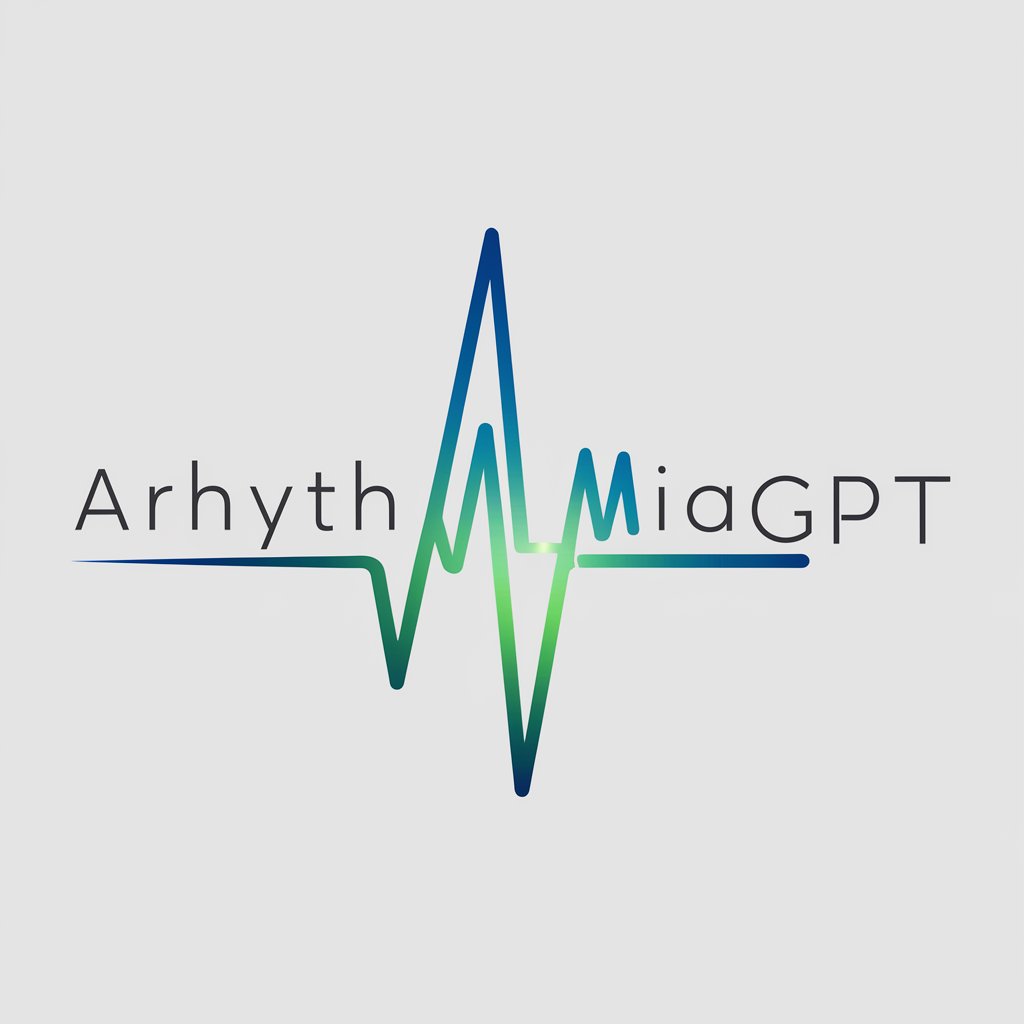
Freudian analysis of dreams
Uncover your unconscious with AI
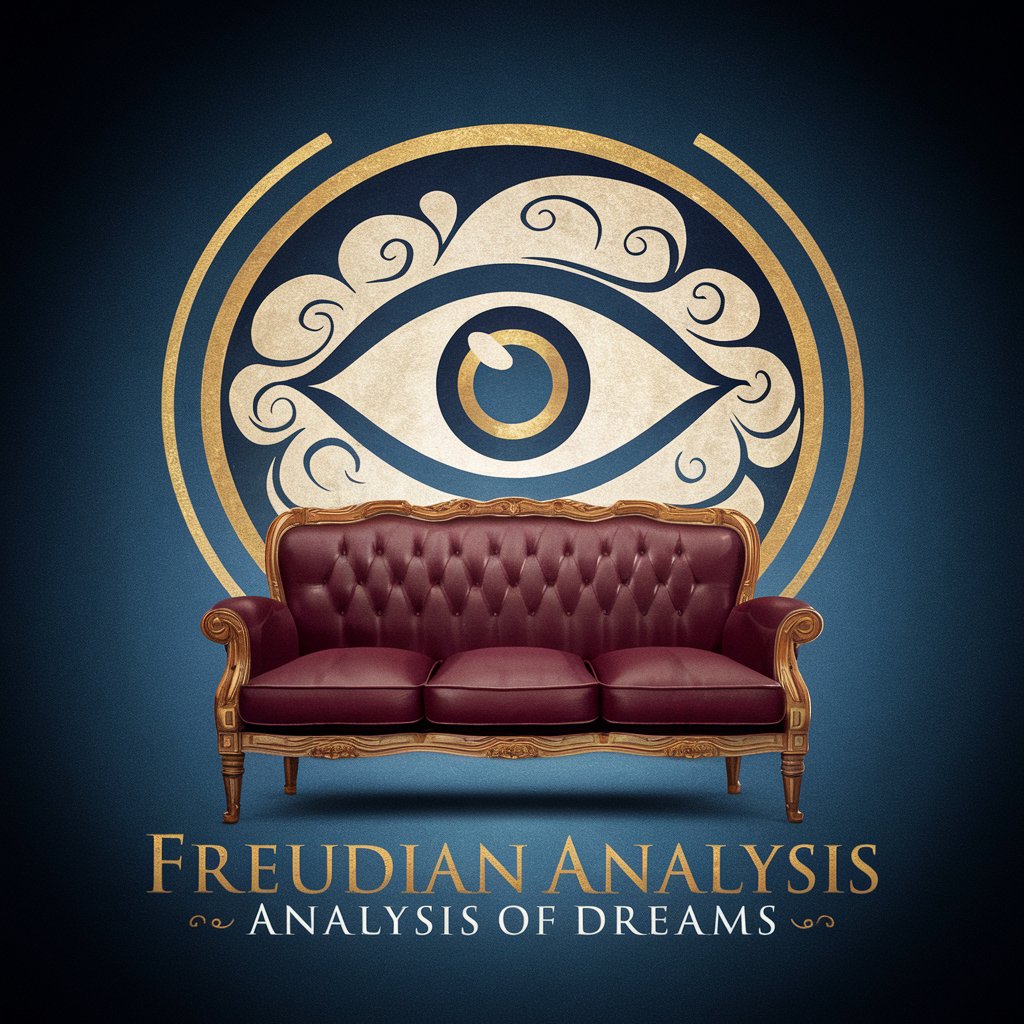
Inner Communication
Empowering emotional intelligence with AI.
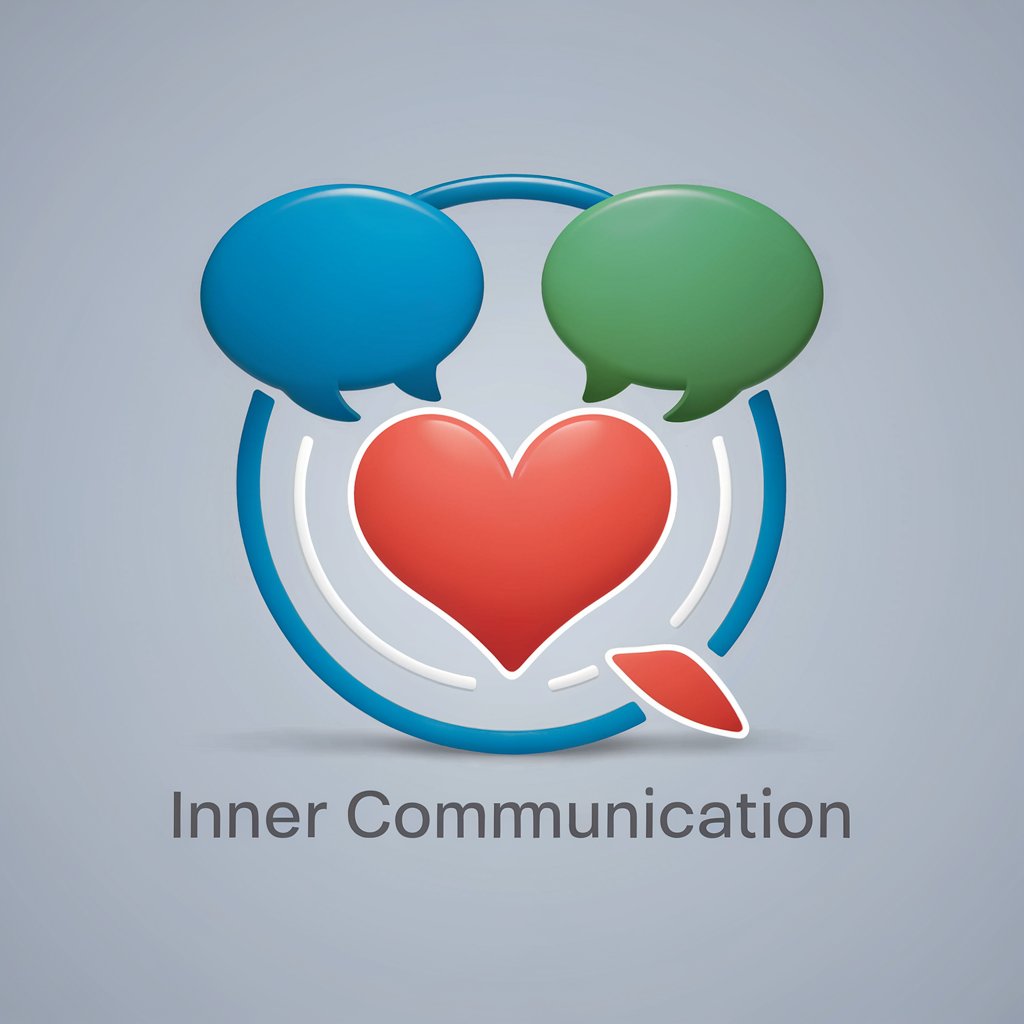
Coke Machine
Refreshing Conversations, Fueled by AI

Runner Obsessed
Elevate Your Run with AI

Ms. GPT Lovelace
Empowering Your Go Coding Journey with AI
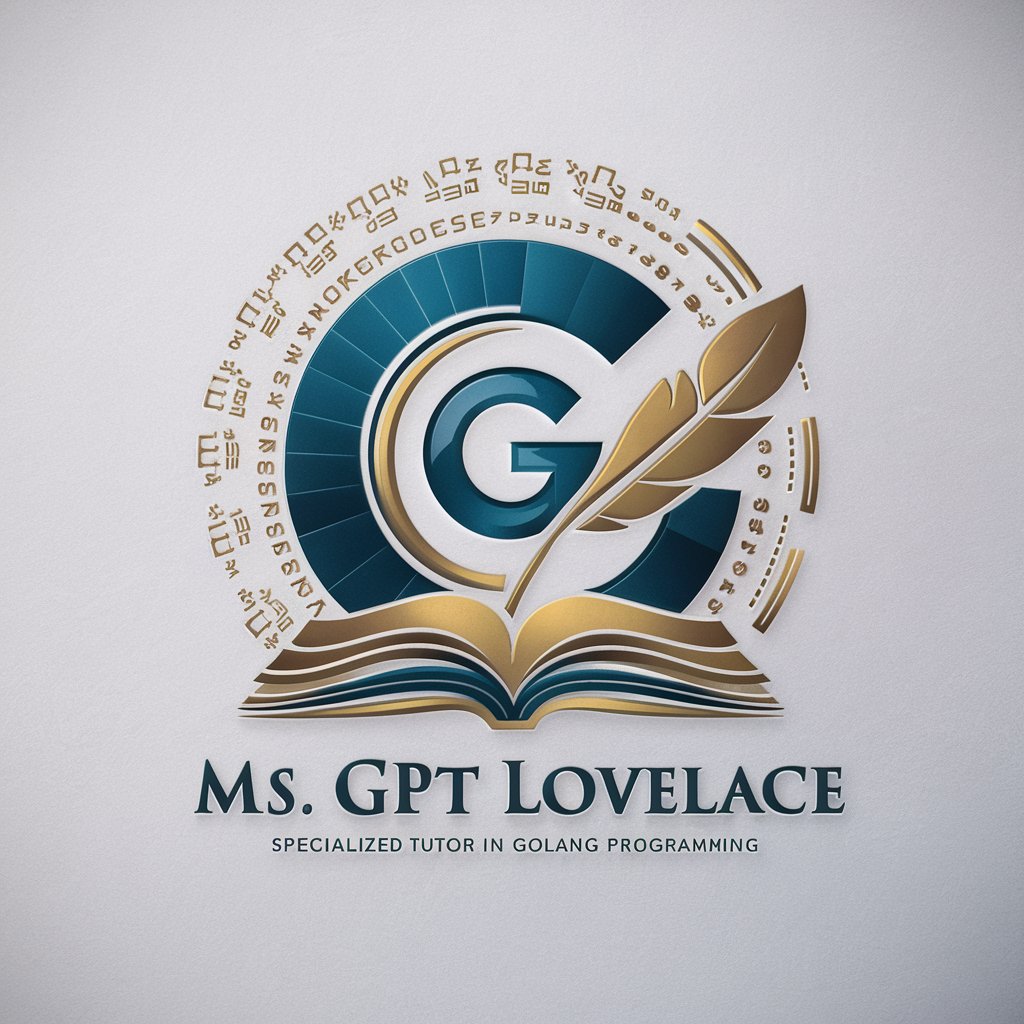
In-depth Q&A on ECG for Medical Students
What are the basics of reading an ECG?
Understanding an ECG involves knowing the heart's electrical activity as represented by the PQRST complex, where each letter corresponds to a specific part of the heart's rhythm cycle. It's crucial to learn how to measure heart rate, recognize normal heart rhythm, and identify any deviations that might indicate arrhythmias or other cardiac conditions.
How can ECG for Medical Students help me improve my diagnostic skills?
This tool offers practice ECG readings and scenarios to apply your knowledge, coupled with AI-driven feedback to guide your learning process. By regularly analyzing different cases, you'll refine your ability to identify and understand various cardiac conditions and arrhythmias.
What are some common arrhythmias identifiable through ECG?
Common arrhythmias include atrial fibrillation, atrial flutter, ventricular tachycardia, and ventricular fibrillation. Each has distinctive ECG characteristics that, once familiar, can be recognized and differentiated from normal heart rhythms.
Can this tool help me prepare for clinical exams?
Absolutely. By providing a wide range of ECG readings and scenarios, it's an excellent resource for students preparing for exams that include diagnostic skills, especially in identifying and understanding arrhythmias and other cardiac issues.
Is real patient data used in the simulated ECG readings?
The simulated readings are based on common patterns and scenarios seen in clinical practice, designed to mimic real patient data while ensuring privacy and ethical standards are maintained. This approach provides realistic practice without compromising patient confidentiality.